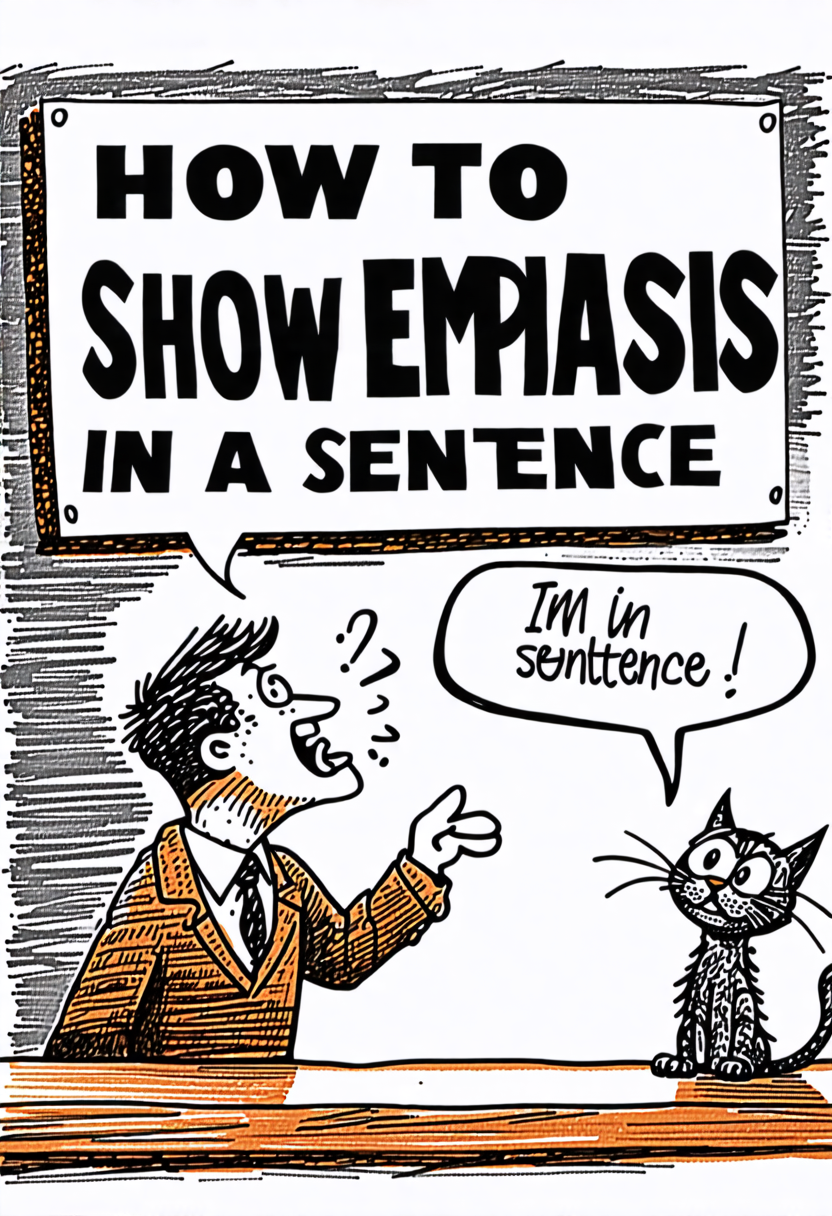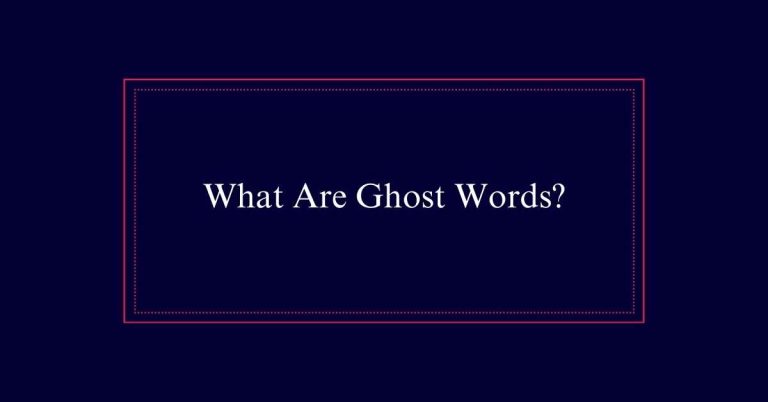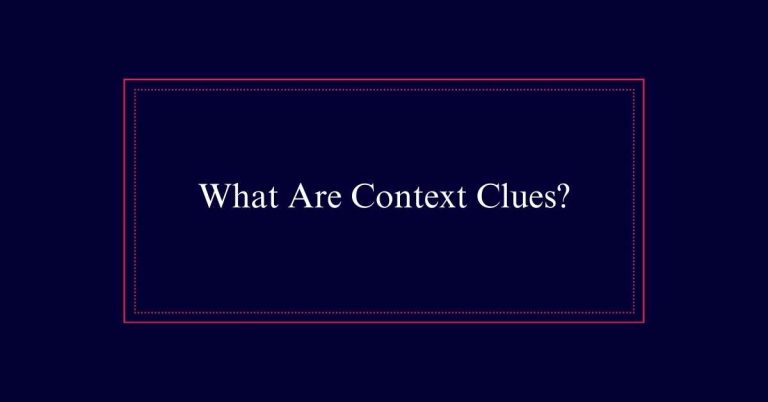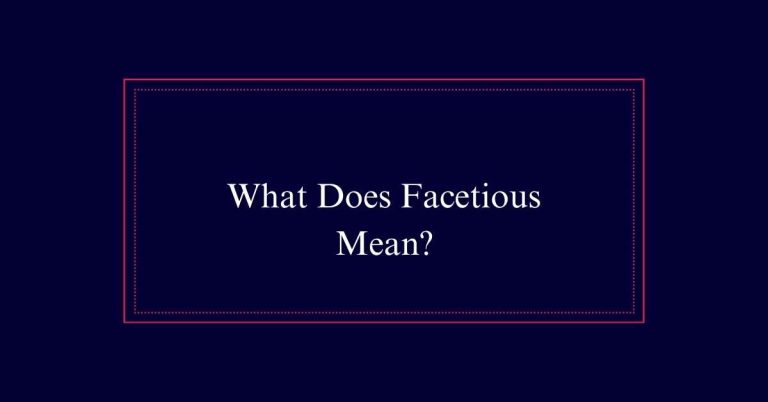How to show emphasis in a sentence?
To show emphasis in a sentence, consider several techniques. Use italics or underlining to highlight important words. Place key concepts at the beginning or end for greater impact. Introductory adverbs like ‘clearly’ or ‘importantly’ can direct attention to significant points.
Repetition can stress crucial ideas, but use it sparingly. For instance, *importantly*, the data shows clear growth. Boldface text and exclamation points are effective but should be used judiciously to avoid clutter.
Underlining for Emphasis
Before the advent of word processing, underlining was the primary method for adding emphasis in written documents. Writers used it to highlight important terms, phrases, or sections. Although less common today, underlining remains a viable option for adding emphasis.
It is particularly useful when handwriting notes or creating typewritten documents without advanced formatting tools. Underlining draws the reader’s attention directly to the emphasized content. However, it is essential to use it sparingly to avoid cluttering the text. Overuse of underlining can diminish its impact and make the document look unprofessional.
Italics for Modern Writing
In modern writing, italics provide a sleek and effective way to emphasize key words or phrases. They offer a subtle yet noticeable shift in text, drawing the reader’s attention without overwhelming the design of the document. Italics can be particularly useful in various scenarios:
- Highlighting Titles: Italics are commonly used for book titles, movie names, and other works.
- Introducing Foreign Words: Italics can indicate words from a different language.
- Stressing Specific Words: Use italics to emphasize a key term or concept.
- Clarifying Terms: Italics can distinguish between a term and its definition or explanation.
Strategic Word Placement
While italics offer a sleek way to highlight words, the placement of words within a sentence can also greatly enhance emphasis.
Positioning key words at the beginning or end of a sentence can make them stand out more prominently. For example, ‘Remarkably, she finished the project ahead of time’ places emphasis on her achievement. Similarly, placing important information at the end can leave a lasting impression: ‘She finished the project ahead of time, remarkably.’
Short, emphatic sentences can also drive a point home. Consider, ‘He failed. Spectacularly.’ The brevity underscores the magnitude of the failure.
Introductory Adverbs
Introductory adverbs like ‘especially’ and ‘particularly’ can effectively highlight key points in a sentence. These adverbs direct attention to important information, ensuring the reader grasps the intended emphasis.
For instance:
- Particularly useful in technical writing, introductory adverbs clarify complex ideas.
- Especially effective in persuasive texts, they strengthen arguments.
- Notably helpful in academic writing, they underscore significant concepts.
- Surprisingly, they can add an element of intrigue to creative works.
Repetition for Stress
Repetition can effectively underscore the central message of your writing. By repeating key words or phrases, the writer can draw attention to the most important parts of their message.
This technique not only highlights critical points but also helps to reinforce the significance of those points in the reader’s mind. For instance, repeating the phrase ‘We must act now’ can emphasize urgency and the importance of immediate action.
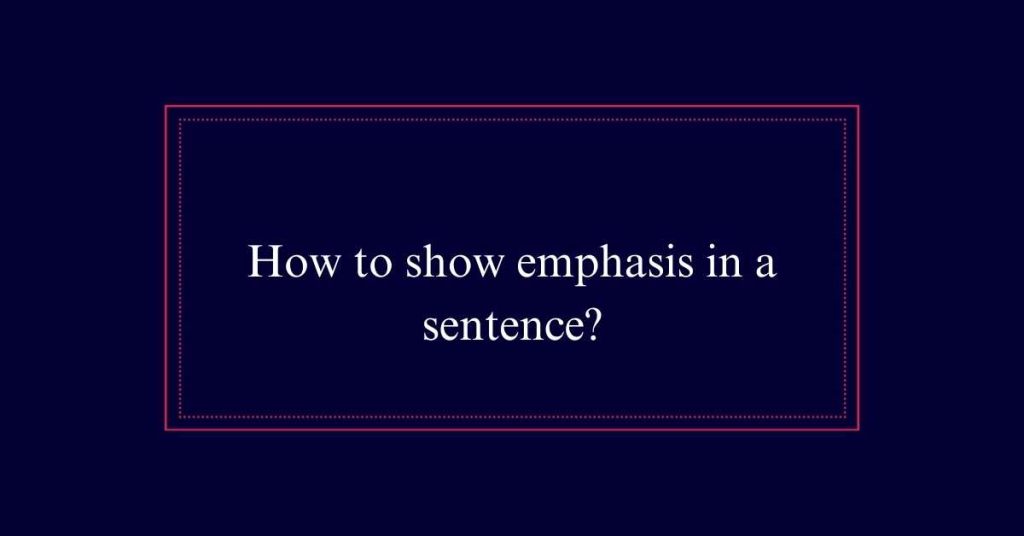
However, repetition should be used sparingly to avoid redundancy and maintain the reader’s interest. Careful repetition can create a rhythm and make the writing more memorable.
Short Emphatic Sentences
Short emphatic sentences can dramatically highlight key points in your writing. They help to break the flow, drawing attention to essential information.
Using short sentences can add impact and clarity. Here are some ways to effectively utilize short emphatic sentences:
- Create a dramatic pause: A short sentence can act as a period of silence, emphasizing the preceding point.
- Summarize complex ideas: Condensing elaborate thoughts into a brief sentence can make them easier to grasp.
- Highlight important facts: Simple, direct sentences can underscore significant data or conclusions.
- Add emotional impact: Short sentences can convey strong feelings or reactions effectively.
Using Boldface
Boldface type is an effective way to draw attention to key words or phrases in business writing. It helps highlight important points quickly for the reader. Using boldface can distinguish vital information in reports, emails, or documents.
For example, bolding deadlines or action items guarantees they stand out. However, it is important to use boldface sparingly. Overuse can diminish its impact and make the text look cluttered.
Reserve boldface for the most essential points to maintain clarity and importance. Proper use of boldface can enhance the readability and effectiveness of your writing, making sure that the essential information is not overlooked.
Capital Letters Usage
Capital letters can be a powerful tool for emphasizing important words or phrases in your writing. They draw immediate attention and can convey urgency or importance. However, it is essential to use them sparingly to avoid overwhelming your readers.
Here are some guidelines for effective use:
- Highlight key terms: Use capital letters to emphasize significant terms or concepts.
- Convey strong emotion: Capital letters can express strong emotions or reactions.
- Indicate titles: Use capital letters for titles of books, articles, or headings.
- Draw focus: Capitalize a word to make it stand out in a sentence for added emphasis.
Exclamation Points
Exclamation points can highlight a sentence’s emotional intensity or urgency. They are effective tools for conveying strong feelings such as excitement, surprise, or alarm. For instance, ‘Watch out!’ clearly signals danger.
However, overuse can diminish their impact and make writing appear unprofessional. In formal writing, exclamation points should be used sparingly to maintain a tone of seriousness and credibility. A single exclamation point is usually sufficient to convey the desired emphasis.
Multiple exclamation points can seem excessive and may distract the reader. Therefore, while exclamation points can add emphasis, they must be used judiciously to guarantee that the writing remains clear and effective.
Variety in Techniques
Employing a variety of techniques for emphasis can greatly enhance the effectiveness of your writing. Different methods keep your audience engaged and add layers to your message.
Here are some techniques to explore:
- Italics: Use italics to stress a particular word or phrase subtly.
- Repetition: Repeating a key phrase can underscore its importance.
- Short Sentences: A brief, impactful sentence can highlight significant points.
- Strategic Placement: Positioning words or clauses at the beginning or end of a sentence can change the tone and emphasize key elements.
Frequently Asked Questions
How Can Color Be Used to Emphasize Text?
Color can be used to emphasize text by highlighting important information. Bright, contrasting colors draw the reader’s attention. However, it should be used sparingly to avoid overwhelming the reader and maintain text readability.
Are There Punctuation Marks That Add Emphasis Other Than Exclamation Points?
Yes, punctuation marks like colons, dashes, and ellipses can also add emphasis. Colons introduce important information, dashes create a dramatic pause, and ellipses suggest unfinished thoughts or trailing off for effect.
Can Diagrams or Images Help Emphasize Important Points?
Diagrams and images can effectively emphasize important points by providing visual context and aiding comprehension. They highlight key information, break up text, and engage readers, making complex concepts easier to understand and remember.
What Is the Role of Font Size in Emphasizing Text?
Font size can effectively emphasize text by making key points stand out. Larger font sizes draw the reader’s attention, highlighting important information. However, overuse can distract and reduce overall readability. Use sparingly for maximum impact.
How Does Sentence Length Impact Emphasis in Writing?
Sentence length greatly impacts emphasis in writing. Short sentences create urgency and highlight key points. Longer sentences can provide detailed explanations. Balancing both can enhance readability and keep the reader’s attention focused.
